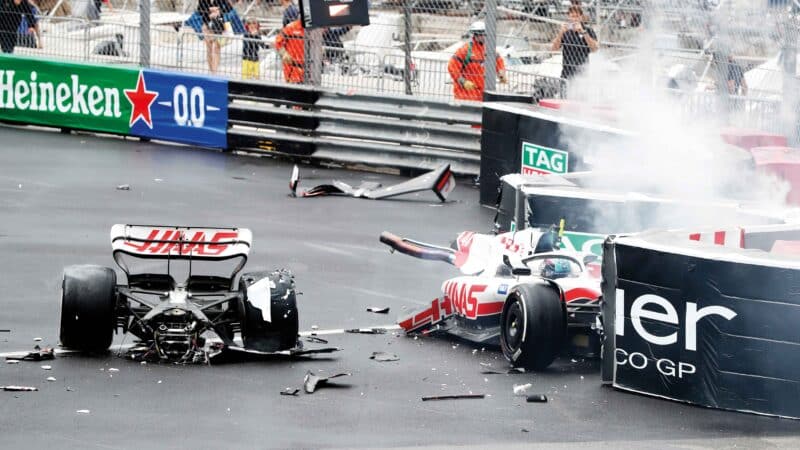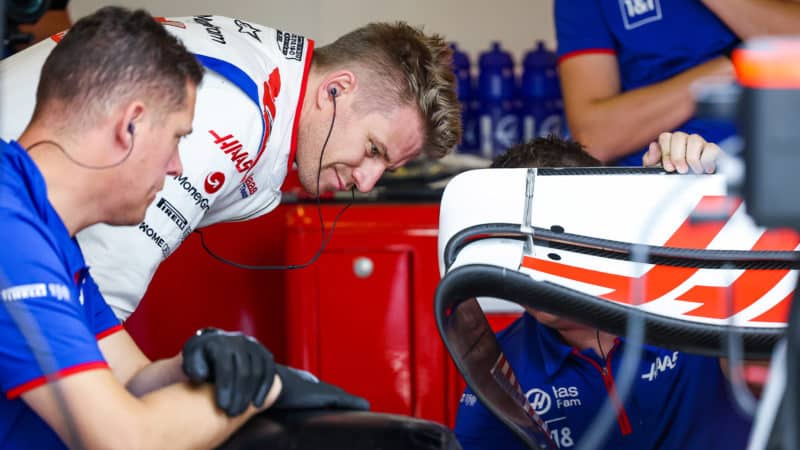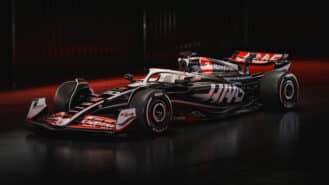This is in direct contrast to the team’s previous approach, which saw it cast aside Magnussen and Romain Grosjean in favour of Schumacher and Nikita Mazepin just two years prior. Haas ultimately paid dearly for the decision, with inexperience causing a host of errors that led to millions spent on repairing damaged cars.
In an attempt to learn from its mistakes, it has decided to commit to a path of consistency and stability – a combination that has produced mixed results in the past.
Last season, experience was the key factor which made the difference in the midfield battle, with Sebastian Vettel and Valtteri Bottas massively outscoring their junior teammates. But in the other cases, some drivers have campaigned for too long. In his final years at Ferrari, Kimi Räikkönen was unable to keep pace with Vettel, despite their similar title winning backgrounds, forcing him to be replaced by Charles Leclerc in 2019. His disappointing form followed him to Alfa Romeo, where he only scored six top ten finishes in two years.
So the future for 35-year-old Hülkenberg, returning from a three-year F1 hiatus, is uncertain

Steiner is hoping to reduce errors, like Schumacher’s 2022 Monaco crash, by hiring Hulkenberg
Haas
The German entered the series in 2010, showing early promise after racing through an impressive junior career that included title wins in karting, F3 and GP2. In 181 GP starts, Hülkenberg gained an unfortunate reputation for never reaching the podium – an F1 record he will undoubtedly hope to correct in his time at Haas.
Nevertheless, his reputation for consistently outperforming the car underneath him has stood the test of time, epitomised in three fourth place finishes, nine fifth place finishes and 20 sixth place finishes – all in a span of just eight seasons.
Since losing his full-time drive at Renault in 2019, Hülkenberg has acted as a reserve driver for Racing Point and Aston Martin, with impressive performances in both cars when asked to step in. But in both circumstances, the bar set for reserve drivers was naturally low, given that Hülkenberg was only required to drive within the limits of the car. In 2023, this will not be the case.


